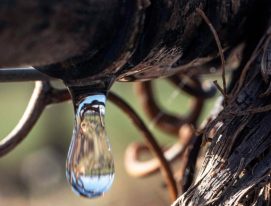Argentine terroirs are a reflection of the country’s vast, rich landscape. The Andes alone offer a multiplicity of soils and altitudes, meaning that the options for consumers are almost infinite. But there’s a catch: the Andes also present a set of obstacles to winemaking that must be overcome. These are the main challenges to the profession; in nature’s infinite wisdom, where she offers ideal conditions in some respects, in others she seems determined to make things difficult.
The challenges of Argentine terroirs
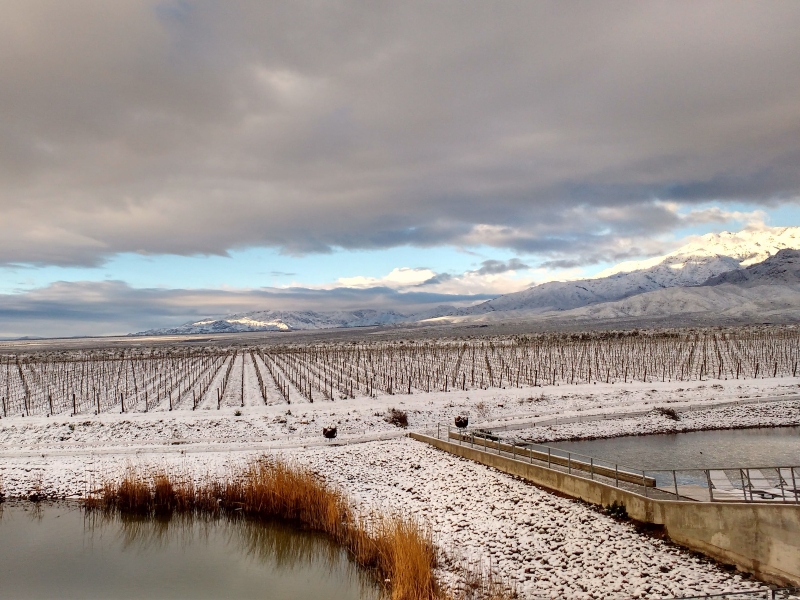
Argentine terroirs present winemakers with four main challenges:
Frost. The wine producing regions are concentrated to the west and south. To the north, wine is produced within a narrow band along the Andes from the 36°S down into the plains. This means that vines are generally planted in dry, continental areas, isolated from the effects of the Pacific and the Atlantic. The dry atmosphere creates one of the harshest challenges to winegrowing: spring frosts. Every year, when spring arrives and things begin to warm up, which occurs rather quickly in the west, late frosts tend to arrive in September.
In dry air, without the buffer of large masses of water, a cold front is enough to send temperatures plunging dangerously to zero degrees Celsius and below. The seasonal heat encourages the vines to bud, but the sudden dips in temperature endanger that growth. In theory, the risk remains until around November 15. Every year, frosts destroy a portion of output. In the 2022-2023 season, frost damage reduced overall yields across the country by 25%.
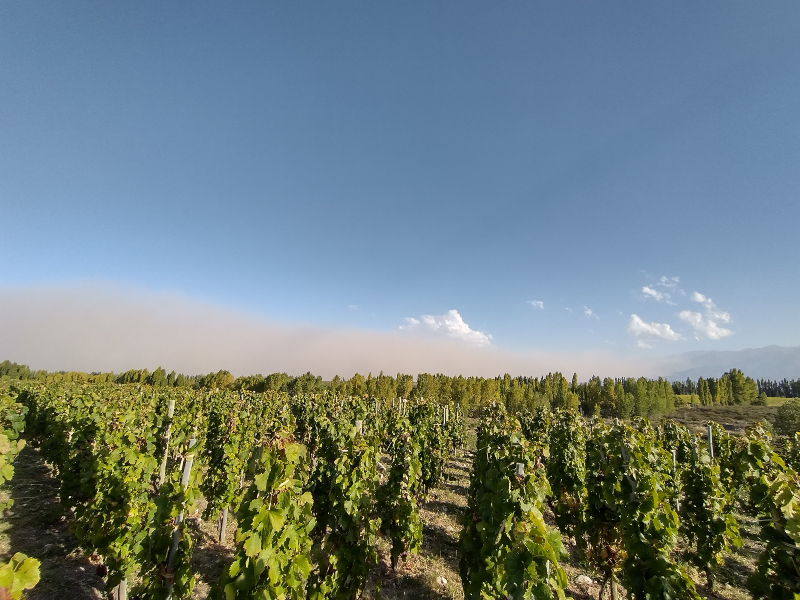
Hail. In the vineyards of Mendoza and San Juan, hail can be a serious threat. That is why most vineyards use protective anti-hail netting. The netting also helps to provide a little protection from the sun. An unprotected vineyard struck by a flurry of falling ice can have its fruit and foliage stripped in a few minutes, damage that can be hard to recover from within the course of a year.
Hailstorms, in contrast to rain fronts, tend to occur in very specific areas: whenever a cloud hits the right height in the right conditions, hail will form and then fall along the cloud’s subsequent path, which will be several hundred feet wide and last for a few miles (the average number of hectares hit by hail storms is 696, according to Caretta et al, 2003).
Hail strikes in the west of the country because in the summer the desert warms up with the energy of the sun and when the atmosphere is dampened by winds from the Atlantic brought in by low pressure, a storm plateau is generated. This is why higher areas tend to escape. The only true guarantee, however, is good anti-hail netting.
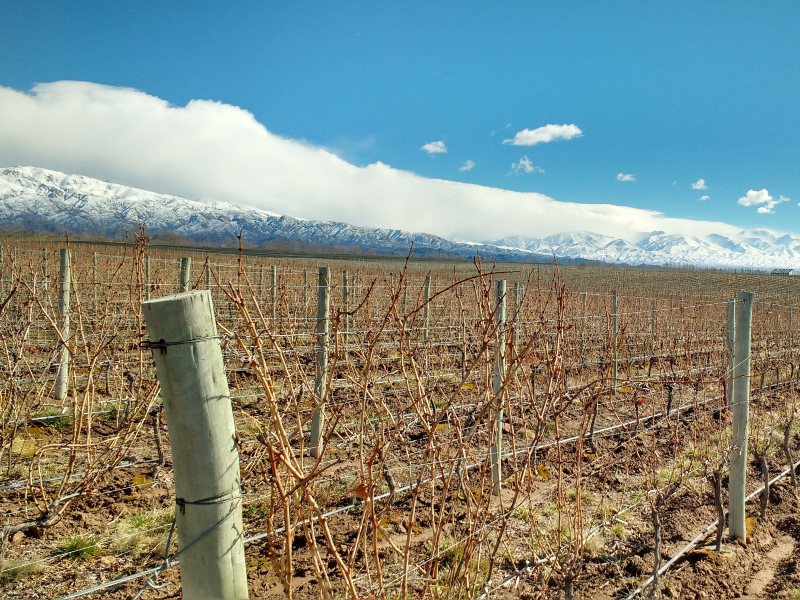
The unrelenting sun. In most European wine regions, the sun is more of a blessing than a problem. Without the long summer days, regions in higher latitudes, such as Champagne at 49°N, wouldn’t be able to get their grapes ripe. Plants are even stripped of their leaves to ensure that the sun will soften some of the herbal aromas. However, at lower latitudes, such as 33° in Mendoza and 27° in the Calchaquí Valleys, the combination of sun and high temperatures can be too much.
That is why many Argentine terroirs are found at altitude where the temperatures are more moderate. But this means in turn that the vineyards receive greater solar radiation. The intensity of the sun grows by about 12% for every three thousand feet one is above sea level. On the plains of Mendoza, it’s 12% higher than by the sea and at nine thousand feet, the height of a few vineyards in Salta and Jujuy, it’s 36% more potent. The sun thus becomes a determining factor and the grapes need protection from it in the form of a greater amount of foliage and good ventilation. Otherwise, the cooked or burned fruit flavors will be overwhelming.
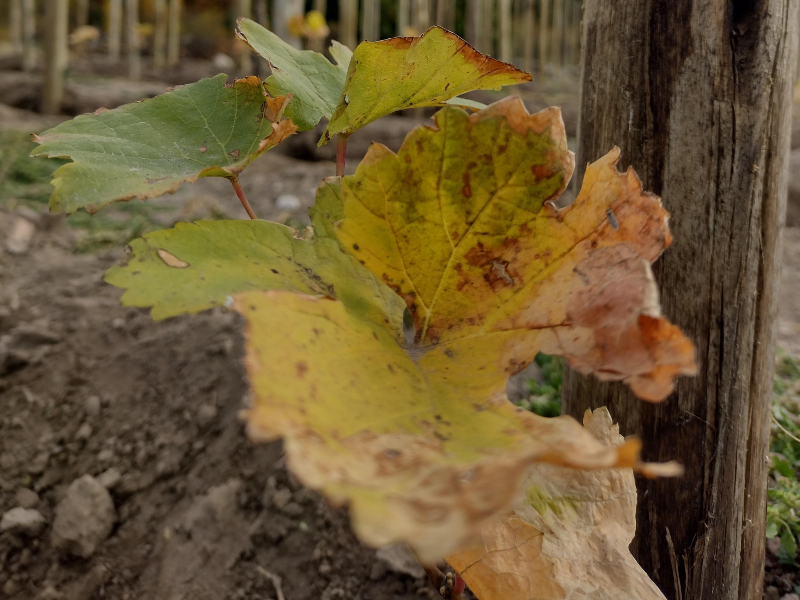
Lack of water. In the western deserts, irrigation is essential given that the region receives about 150 mm of rainfall a year on average – some areas get 100 and others 250. This means that about 60-80% of a plant’s annual water needs must be provided through irrigation, depending on the soils and the climate. For this to be possible, however, rivers need to be full and aquifers replenished with snowmelt.
Since 1990, recorded snowfall has declined in the Andes along with lower precipitation meaning that river volumes are reduced and aquifers are shrinking. Given that priority is of course given to human consumption, winemakers are finding the going tough: vineyards a long way from rivers that don’t have high tech watering systems are getting less and less water, and many are being left to fend for themselves. In these areas, such as eastern Mendoza and San Juan, the desert is reclaiming vineyards.
However, it’s not yet certain that the last cycle of abundant snowfall, which ran between 1973 and 1998, won’t return as it has done since the 14th century according to the South American Drought Atlas. For now, no one is making any forecasts regarding water supplies and so preserving them has become one of wine producers’ biggest challenges.


